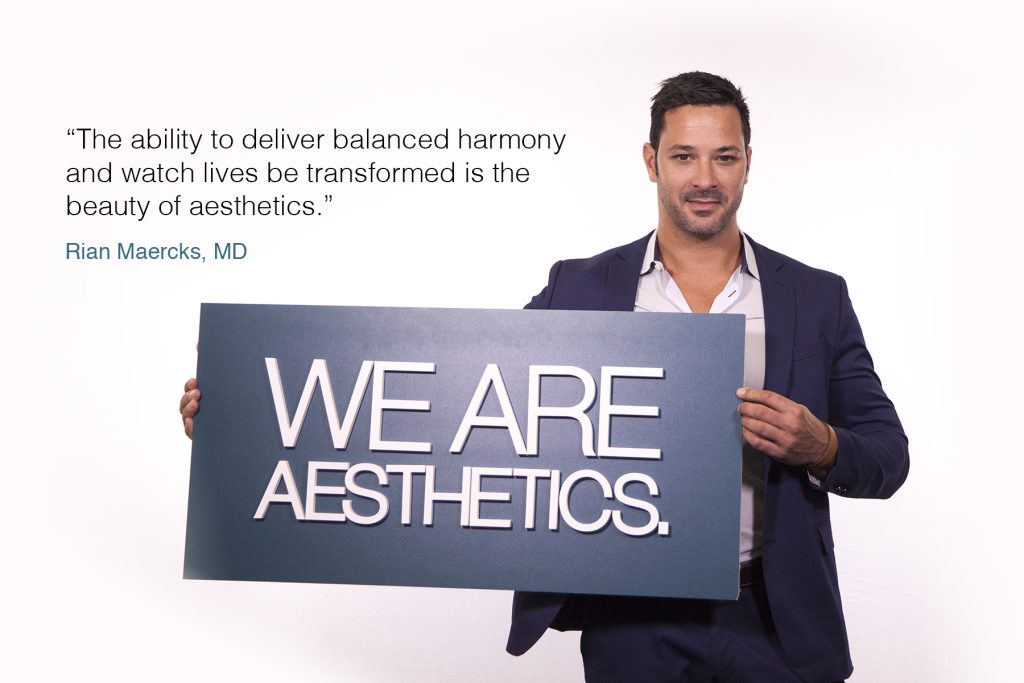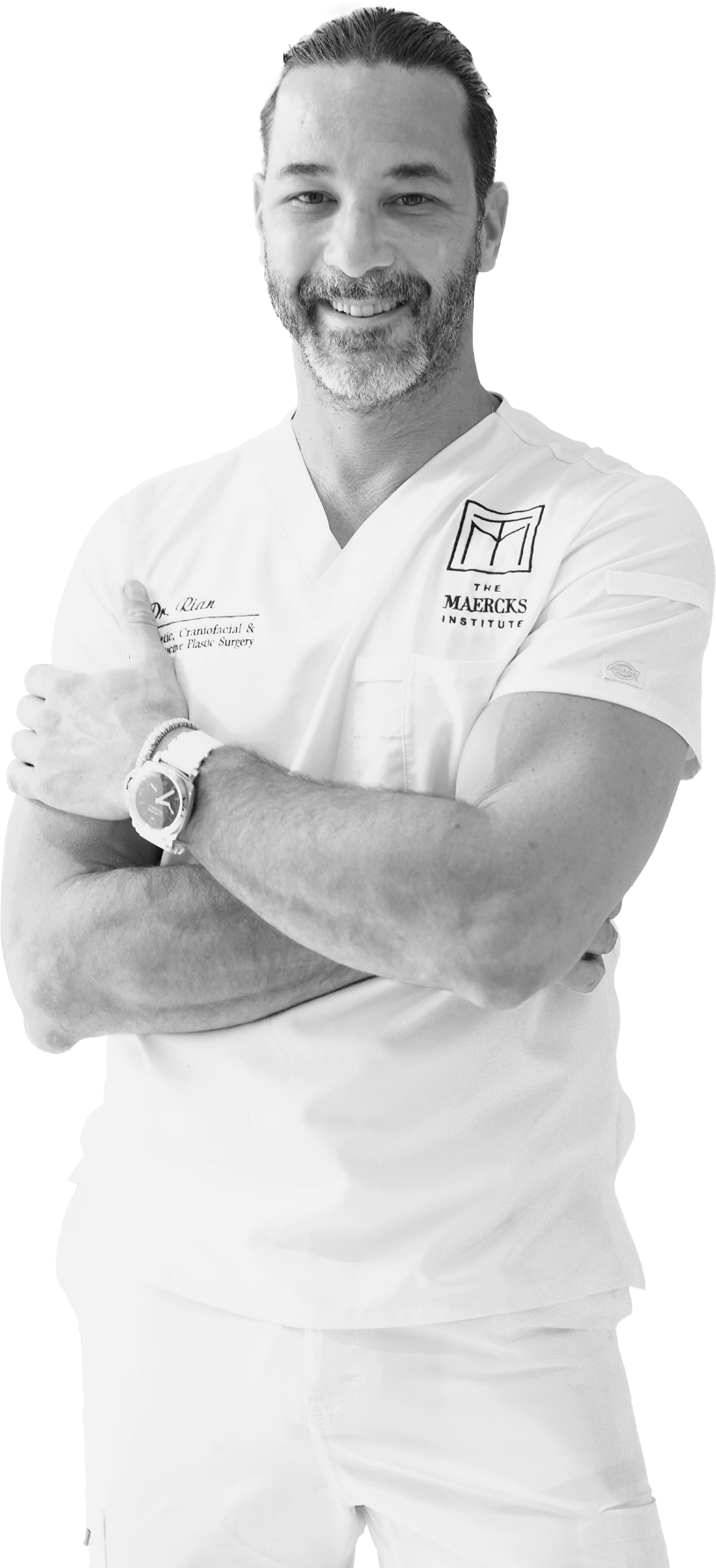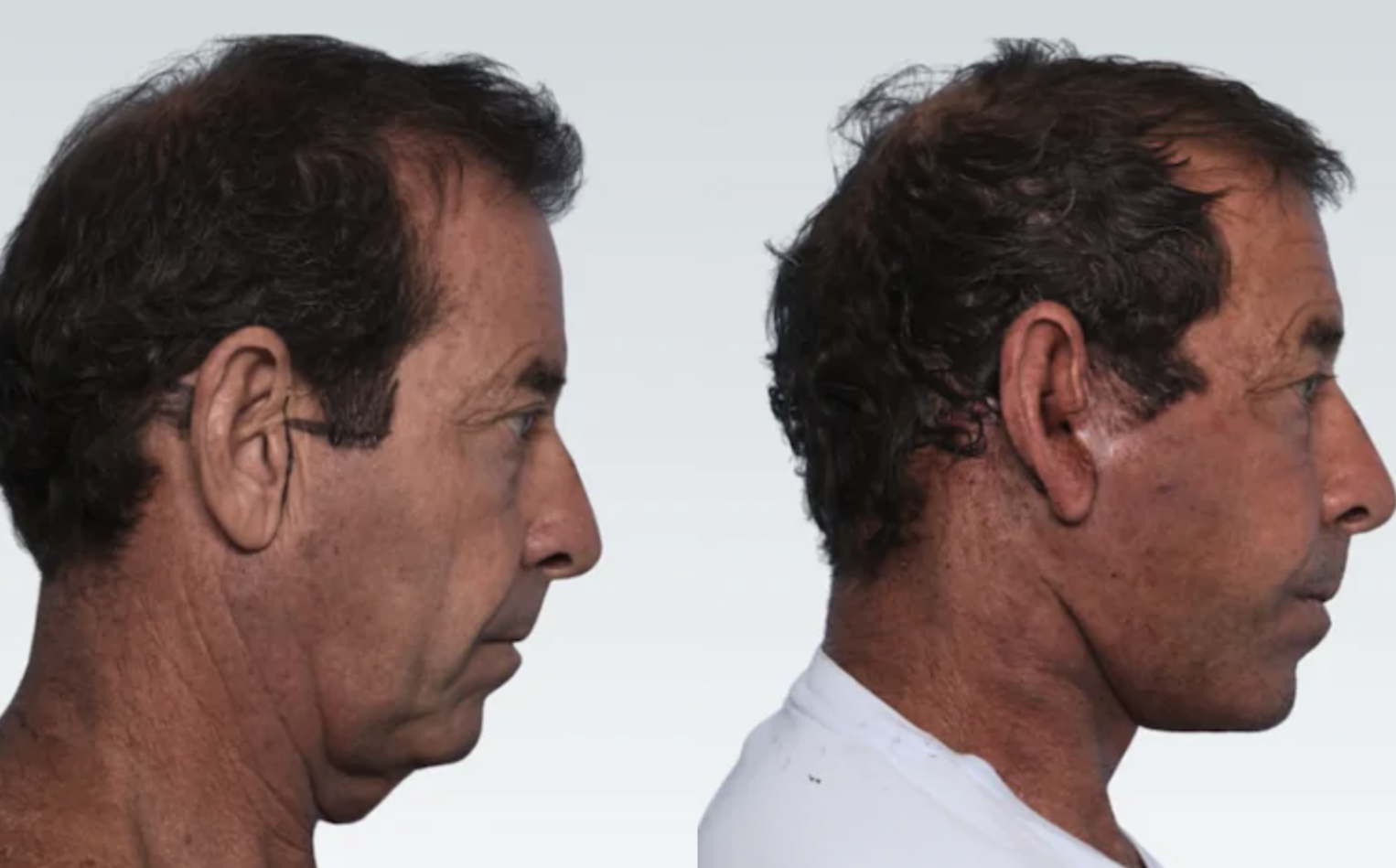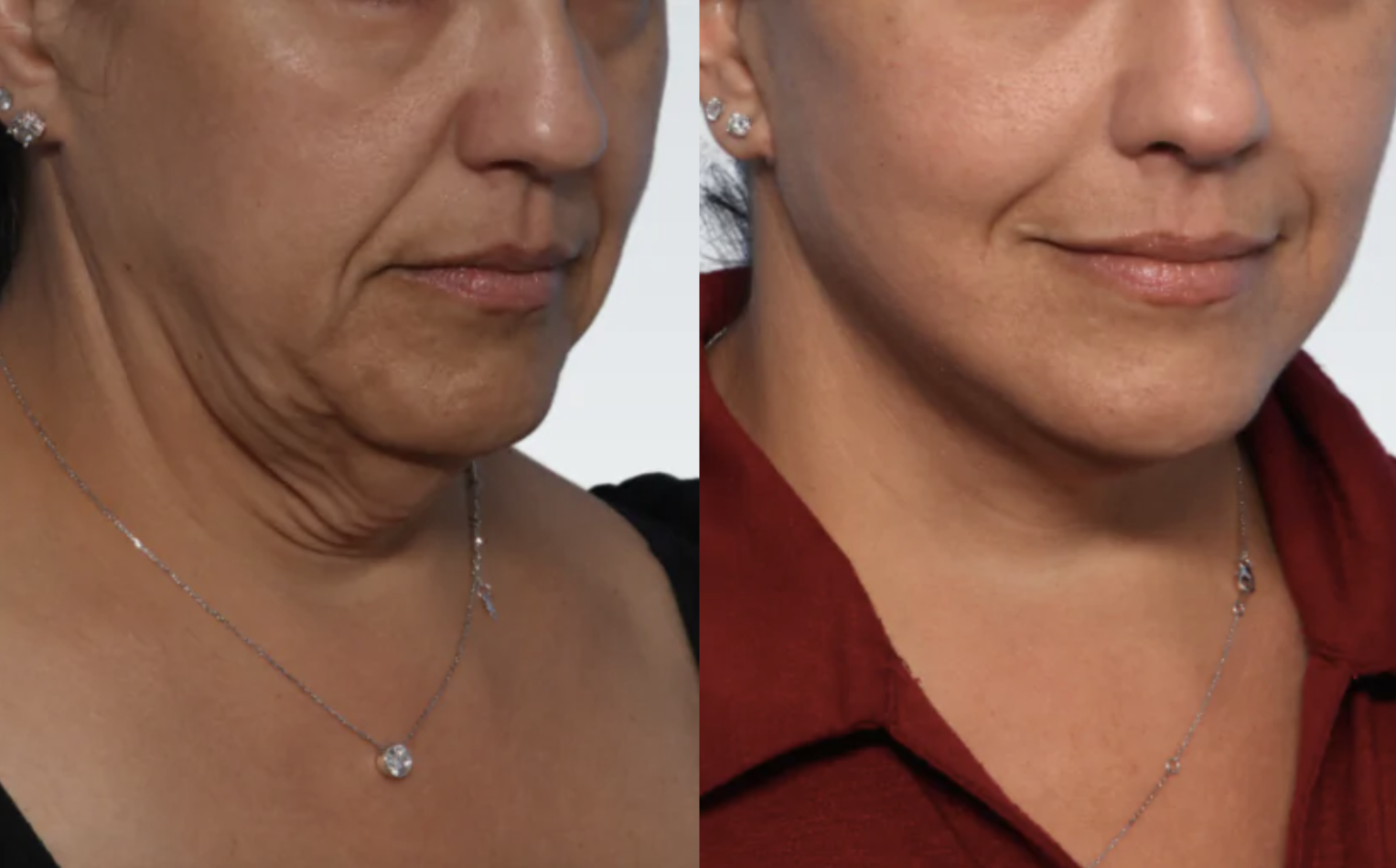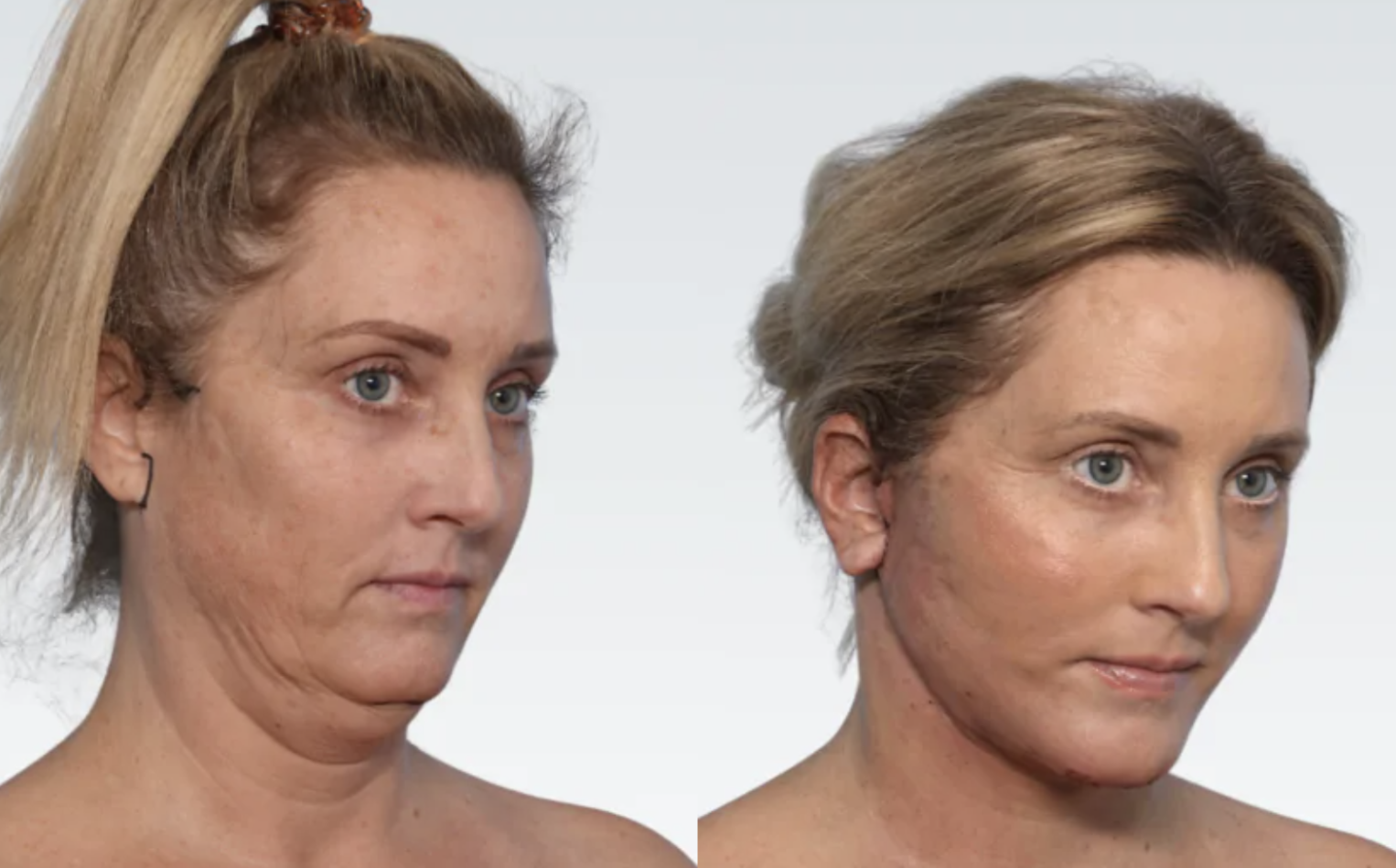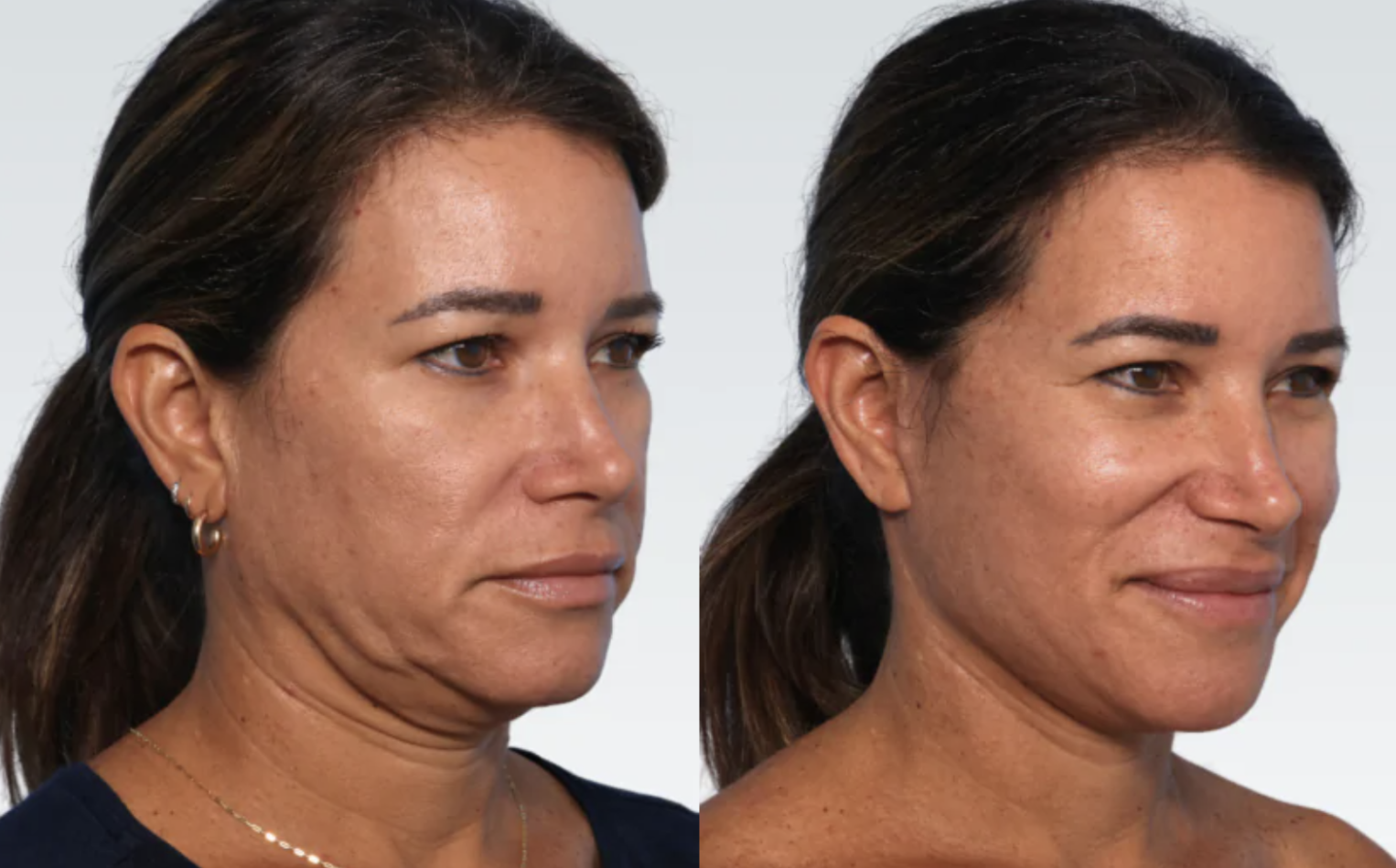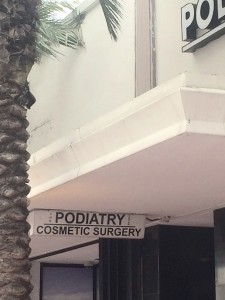Why Does Everyone Look So Weird?
How the current FDA warnings will further encourage the creation of strange, dehumanized, and puffy faces.
On May 28th the FDA issued an important warning regarding soft tissue fillers of all kinds and devastating adverse effects that have been reported. These adverse outcomes all revolve around embolization which means the substance being injected enters a small artery and blocks the downstream flow of blood resulting in death of the tissue that was fed by that blood supply. In the most unfortunate cases the product embolizes the ophthalmic artery and leads to blockage of flow to the retina and blindness. These events are extremely rare and usually are in a situation where dangerous technique is performed by a practitioner with inadequate training knowledge or experience.
Call (305) 328-8256 to schedule a consultation with Dr. Rian Maercks to learn more about safe injectable fillers.
This report is important as hopefully, it will raise the public’s vigilance in selecting an appropriate plastic surgeon to perform their aesthetic procedures. Unfortunately, since economics lead industry to push these products into the hands of any practitioner that can legally administer them and marketing forces lead patients to believe it is acceptable to get aesthetic procedures completed by the practitioner that cares for your toes or teeth, this probably will not happen. I drive by the below sign every morning on the way to work:
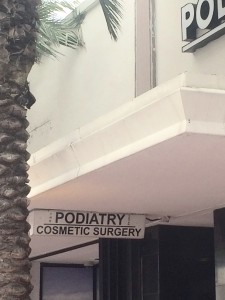
“Podiatry and Cosmetic Surgery” proudly signed on this building front.
In residency, we used to say “if it was easy everyone would do it.” Well, the problem is that the public and practitioners now believe that it is easy so everyone is doing it. Industry, of course, pushes this belief to maximize consumption of products in the spa at the dentist even the psychiatrist’s office, or a visit to a physician assistant or nurse. There is nothing easy about safely and effectively performing an aesthetically sound injectable procedure.
For the past five years, this has been a daily part of my practice and it takes me 20 minutes to an hour to perform each procedure and I am concentrating fully the entire time.
The reality is that while importantly raising awareness to these outcomes, the ramifications will be even more unaesthetic results. The reason is that the FDA is not suggesting that injectable procedures be performed by those well versed in the surgical anatomy of the face at all, instead, it is a warning:
“While unintentional injections into blood vessels may occur with injection sites anywhere on the face, the FDA’s review of the literature and adverse event reports submitted to the FDA identifies certain injection locations where blood vessel blockage have been reported more often. These sites include the skin between the eyebrows and nose (glabella), in and around the nose, forehead, and around the eyes (periorbital region).”
Why is this important? Because all the areas that are true “danger zones” are the areas that need to be treated for aesthetically sound volumization and rejuvenation of the human face! The area that is most commonly injected, the mid-cheek, is very safe with low chances of any complication but creates “volume of age” and a “masked facies.” The FDA is warning practitioners back into the mid-cheek instead of trying to convey the truth that this stuff is not easy and takes knowledge judgment and skill. Below are photos from Juvederm Volumas marketing and training campaigns:
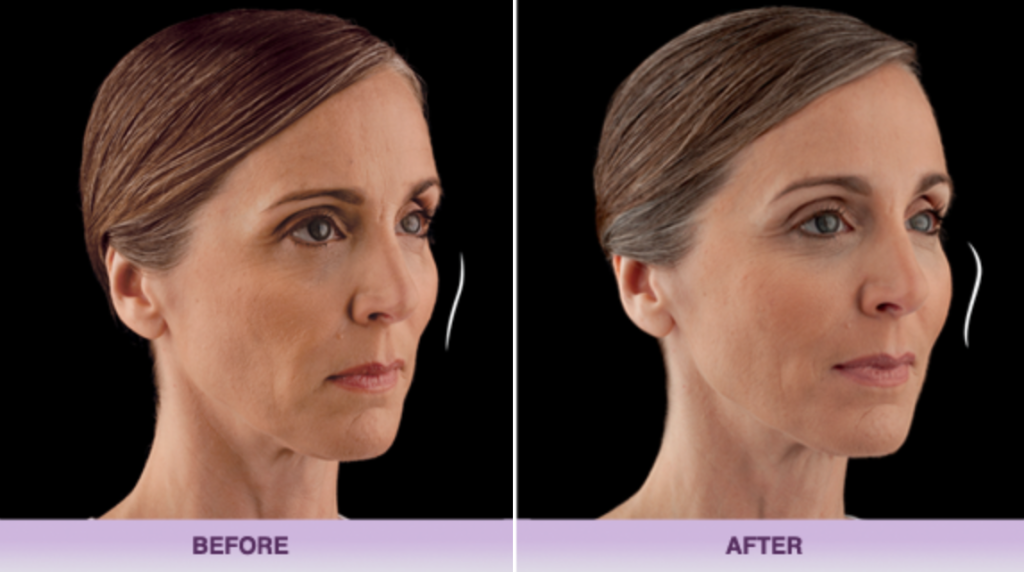
This patient’s face looks fuller for sure, but definitely not prettier. It looks like she might have gained thirty pounds but I would not say she is prettier. This is the result of a mid cheek injection. The beauty of the mid-cheek it that anyone can stick a needle here and inject away almost with impunity as far as safety and complications. There is a relatively low density of blood vessels and they are all small. This site never really bruises and can be a zero-downtime injection site even with moderate volume. This site is great for practitioners and industry alike, it is essentially foolproof and consistent. It makes the product look really good as obvious complications are avoided. It can be delivered by anyone after a one-hour training by a pharmaceutical representative with a bachelor’s degree in communications. Most patients see tighter appearing skin and fullness and walk away satisfied and start their evolution to what I call “monkey face” or the golfball in the cheek look. We will examine this progression further in the next blog.
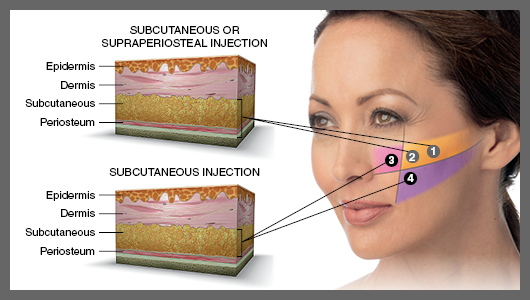
The above illustrated guide to injection produced by Dr. Julius Few and used for Allergan’s training shows the low mid cheek injection sites that are prescribed. All of which create a fat, “overfilled” looking face that becomes more monkey or lion-like
Most practitioners even some plastic surgeons are very hesitant to inject around the eyes and nose and for good reason! Continued attention to these danger zones will push more and more injectors into the safety spot of the unaesthetic mid-cheek. I will cover in the next blog how this reinforces what I call “volume of age.”
What should you, the patient-consumer take away from this warning?
Injectable procedures can be performed safely and effectively with wonderful aesthetic results, however most of the time they are not. Success requires knowledge, skill, judgement and vision of the practitioner. Even in the best hands an adverse outcome can happen. Don’t trust your face, vision and health to a practitioner that cannot understand all the facets of anatomy, technique and art of aesthetics.
Rian A. Maercks M.D.
Aesthetic, Craniofacial and Reconstructive Surgery
305.328.8256
